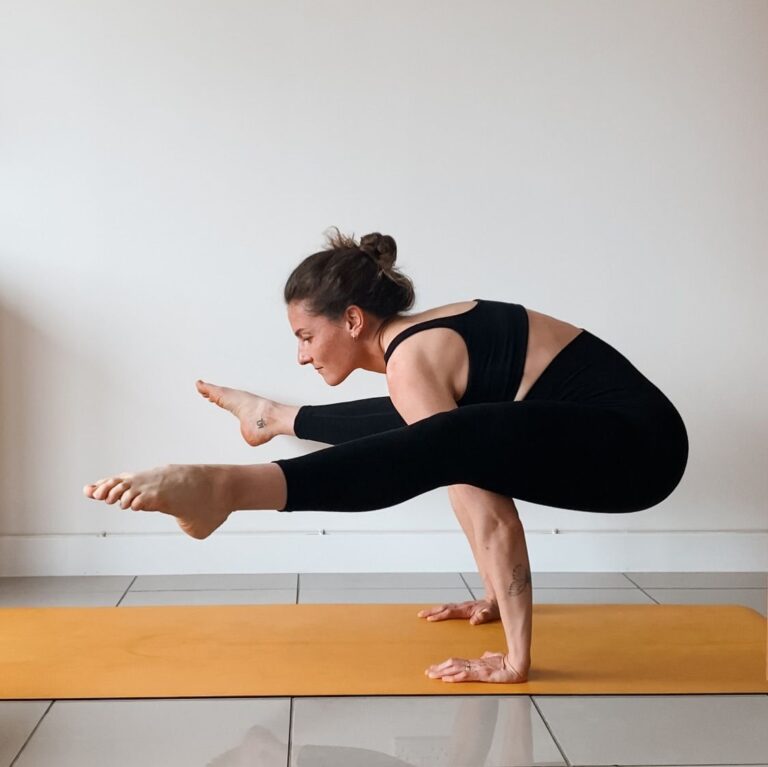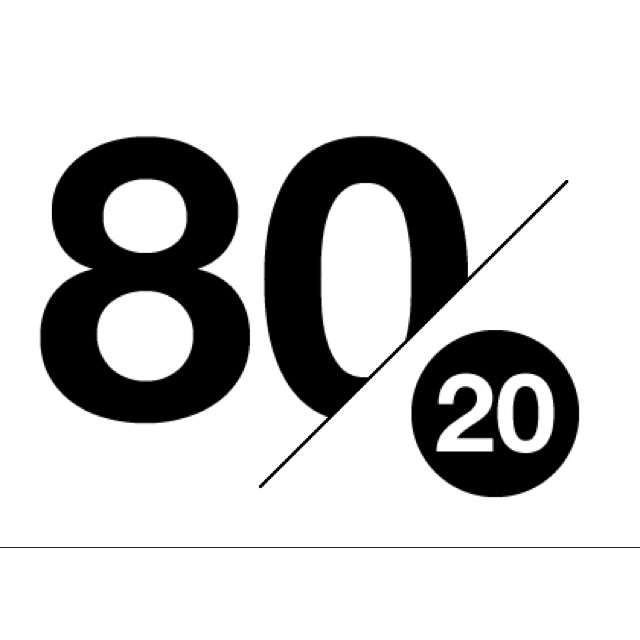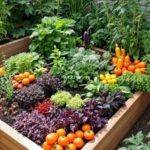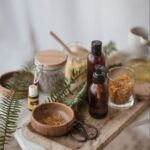If you’ve ever made ghee at home or used lavender oil to help a baby sleep, you already hold the seed of a wellness product.
The real challenge is transforming that trusted tradition into something that’s globally acceptable, professionally packaged, and investor-ready. Fortunately, there’s a scientist in each one of us because we live it every day.
A general yet practical step-by-step guide to take a remedy from your kitchen to supermarket shelves may look like below.
Step 1: Document Everything Like a Scientist.
Begin by writing down your process in details, like a recipe developer.
Let’s say you’re making Ghee, a healthy fat known for boosting digestion and brain health.
Instead of saying “boil butter until it smells nutty,” write:
Simmer 200g unsalted butter over medium heat for 15–20 minutes until milk solids settle and liquid turns golden. Strain through a cheesecloth. Cool and bottle.
List the type of butter used; cow ,goat or buffalo, is it grass-fed or not.
Indicate utensils to be used and why e.g. stainless steel because it’s non reactive, durable and easy to clean.
Storage life and conditions. Example; ‘Store in a cool dry place, away from direct sunlight’.
Then indicate production date and best before date.
This kind of clarity builds consumer trust and investor confidence . It makes it easier to refine the production processes, train employees and initiate certification process.
Step 2: Validate Ingredients and Claims.
Today’s consumers are well educated and knowledgeable. They want more than tradition, they want proof. So do the regulators and business partners.
Research each ingredient:
For example, for lavender essential oil, you’d need to know it contains linalool and linalyl acetate, compounds known to reduce anxiety and promote sleep. Your customers are more interested in the value they get than the name of the ingredients. However, you must provide both not just for certification requirements but for transparency and to allow individual research.
Check the already published studies, but also collaborate with local university laboratories for basic tests like purity, microbial safety and stability. You can also hire a chemist to work with you.
This step boosts consumer trust, meets compliance and opens doors for B2B partnerships.
When you declare the Ingredients, it makes your products safe by reducing the risk factors for the consumers who many have known allergies to any of the ingredients.
Step 3: Test for Safety and Shelf Life.
Even the most natural products need to be safe and stable.
For example:
Ghee can turn rancid if not sealed well or stored properly. Lavender oil needs dark glass bottles to protect it from light damage.
Do basic testing with licenced labs to ascertain shelf life, how long before it spoils.
Ensure that the microbial levels are safe for the skin or for ingestion.
Packaging materials should be compatible to avoid reaction with the products. They can be plastic, metal containers, glass, bamboo, etc.
These steps prepare you for certifications like FDA or even organic standards.
Note each country and region have different standards. For export, you must comply with the standards of the receiving country too.
Step 4: Package Smart .Be Simple, Clean, Scalable
Packaging can make or break your product.
Here’s what to focus on:
Use eco-friendly, recyclable materials like glass and bamboo. Investors and conscious consumers love this.
Keep the design clear and modern with simple fonts and bold claims backed by facts.
Add a QR code linking to your story, traceability information or lab test summary as this gives instant credibility.
Start simple, but design like you’re going global.
Think of availability of the material you choose especially for scaling up purposes.Are you able to get same containers for large scale productions? Does the packaging process favour large production or it’s too fancy and only practical for promotional stuff or gift packages? Consider the cost too as it will lower or raise your profit margins significantly.
Step 5: Comply with Local & Export Regulations
Before you go to market, check if you need a permit. If yes, what kind; a manufacturing permit or cottage license, a business permit, an industry specific licence, etc.
Check the category your product falls under. Is it food, cosmetic, herbal supplement or pharmaceutical? This way you know which regulator industry you fall under. The answer leads you to the right spaces like research centres, trade fares, funding and other resources.
Get to know what is required on the labels.
For example; Ingredients, batch number, expiry date, country of origin, etc. Also the correct format for all the information. The label colour may not be regulated, but be sure to check the trends and optimize on visibility.
Speak to your local regulator early enough. For example a Bureau of Standards or Pharmacy & Poisons Board, etc. Don’t wait until you’re scaling. From the start, your products should be up to global standards or at least heading into that direction.
Final Thoughts.
Starting small doesn’t mean thinking small. Ghee made in your home or lavender oil extracted in your village could easily sit on international shelves if you document, validate and package it right. Customers and Investors today are looking for authentic, science-backed wellness brands with cultural depth. Investors look out for global potential too.
You have mastered tradition, now leverage with modern technology to build, transform and share it with the world.








